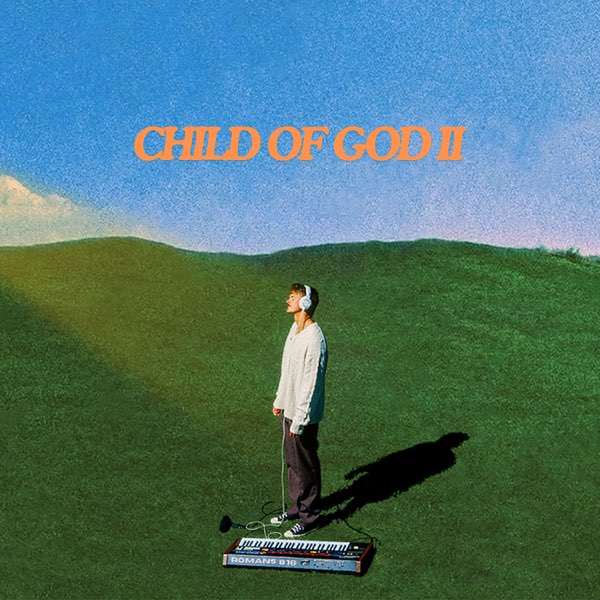“The Last of Us” is a dark, beautiful, horrifying and incredible television show from HBO that recently wrapped its first season. The story and the characters are some of the best I’ve ever seen in any form, and despite the brutal violence in the show, it’s one of the best shows of the decade.
The show is based on the smash hit PlayStation game of the same name, originally released in 2014 with a sequel in 2020 and a remake in 2022. The series and game follow Joel (Pedro Pascal), a smuggler, and Ellie (Bella Ramsey), a teenager who may be the key to a vaccine against the fungus infecting humans and turning them into mindless killing machines known as Infected.
The story is truly driven by the characters and not the other way around. Each decision, plotline and line of dialogue crafts the story, as opposed to some movies where the people are awkwardly molded to fit the plot. While Pascal’s plotline is superficially similar to “The Mandalorian” (gruff smuggler takes kid somewhere and becomes the kid’s father along the way), Joel is a deeper character with layers of grief and regret over past and current decisions, along with having a darker side. Ramsey’s Ellie is snarky and humorous, while also carrying a “violent heart,” as a character points out.
Aside from the two leads, the side characters are fleshed-out and deep. Kathleen, the leader of a revolution in Kansas City, is perfectly played by the great actress Melanie Lynskey. She’s a violent and vengeful character, made all the better by her incredibly chilling voice. Scott Sheperd’s role of David is another terrifying villain, who initially seems to be a benevolent pastor but then reveals his true nature. In addition, Troy Baker and Ashley Johnson (the voices of Joel and Ellie in the game) make cameo roles as David’s right-hand man and Ellie’s mother respectively.
While the Infected are far from the main focus of the series, their original design sets the creatures apart from the classic zombie look, with the fungus growing over their bodies giving them a sort of horrifying beauty. A sequence in the second episode with “clickers,” who use echolocation due to blindness, is legitimately terrifying.
The score by Gustavo Santaolalla is sparse and bare, often using only an acoustic fingerpicked guitar. The music can be both beautiful and haunting but always reflects the world the characters are in perfectly.
Both the game and show are character-driven epics, which is why the show works so well as an adaptation. The show never deviates from the main story of the game, but the medium allows for things the game could not explore. For example, the events of “Long, Long Time,” the most beautiful story in the series, could never have been told in the game.
While there is plenty of brutal violence, the creators never revel in it, instead making it feel real in a way that only enhances the story rather than detracts from it. A common complaint of video game adaptations is the attempt to recreate the feeling of playing a video game by throwing waves of enemies at the characters, which this series avoids. This proves to strengthen the story.
“The Last of Us” is an almost perfect series, one that moves viewers through a post-apocalyptic world in ways that no other series has done so far. Each element of the show perfectly melds into a piece of must-watch television, but the most important part of the show is the connections between characters, both of love and of fear. “The Last of Us” is out now on HBO Max, rated TV-MA with a second season currently in development.










